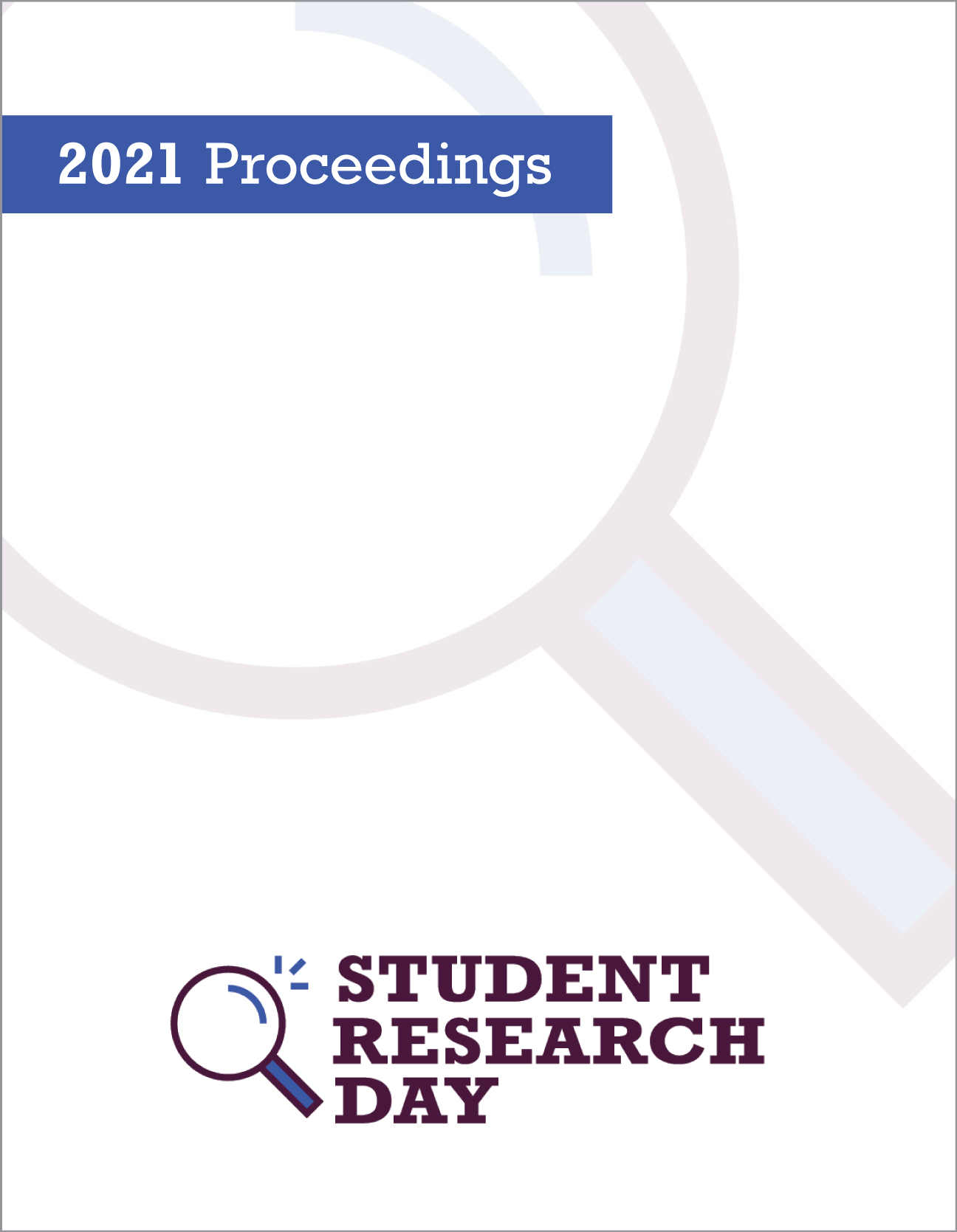Messengers from the Asteroid Belt: A Study of Diogenites Northwest Africa 10268 and 7464
Abstract
The study of meteorites is crucial to understanding the geological evolution of our early solar system. In this study, we observe optical and chemical properties of two diogenite meteorites (Northwest Africa 7464 and 10268) that originated from the second-largest asteroid, 4 Vesta. By studying the mechanical deformation and transformation features of feldspar, olivine and pyroxene grains within the samples, we are able to constrain the shock stage of each meteorite. Northwest Africa 7464 and 10268 were both observed using a scanning electron microscope, an energy dispersive x-ray spectrometer, an electron microprobe, a petrographic microscope and a Raman spectrometer.
Northwest Africa 7464 exhibits weak mosaicism and planar fractures in pyroxene, as well as, undulatory extinction and planar fractures in olivine. These features suggest a moderately-shocked S4 meteorite consistent with a shock pressure of between 4-20 GPa. Northwest Africa 10268 contains opaque shock veins associated with the diaplectic plagioclase glass, maskelynite. This host rock exhibits strong mosaicism and undulatory extinction in pyroxene, as well as, twinning in crystalline feldspar. These features are consistent with a strongly shocked S5 meteorite, experiencing a shock pressure of between 22-25 GPa. These results give insight on shock pressure and temperature conditions that occur on 4 Vesta.
Department: Physical Sciences
Faculty Mentor: Dr. Erin Walton
Published
Issue
Section
License
Authors retain any and all existing copyright to works contributed to these proceedings.



